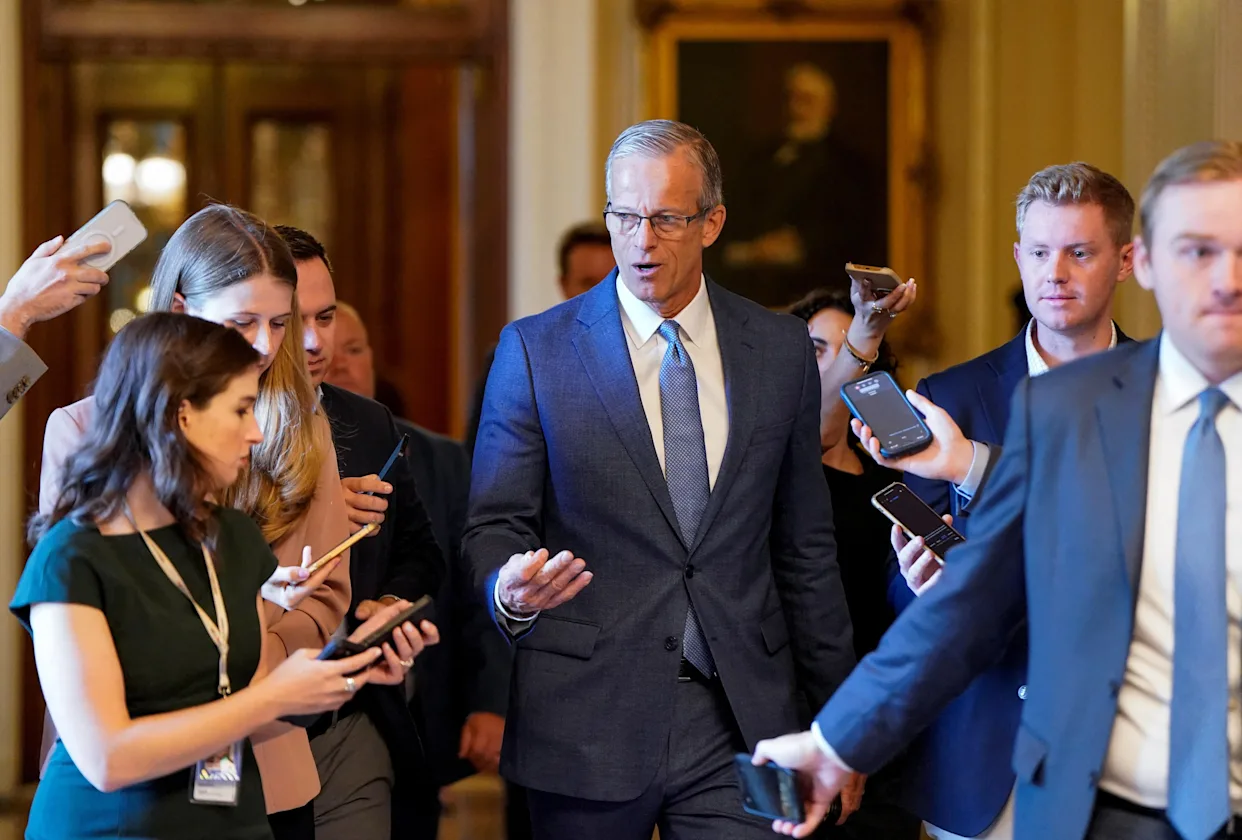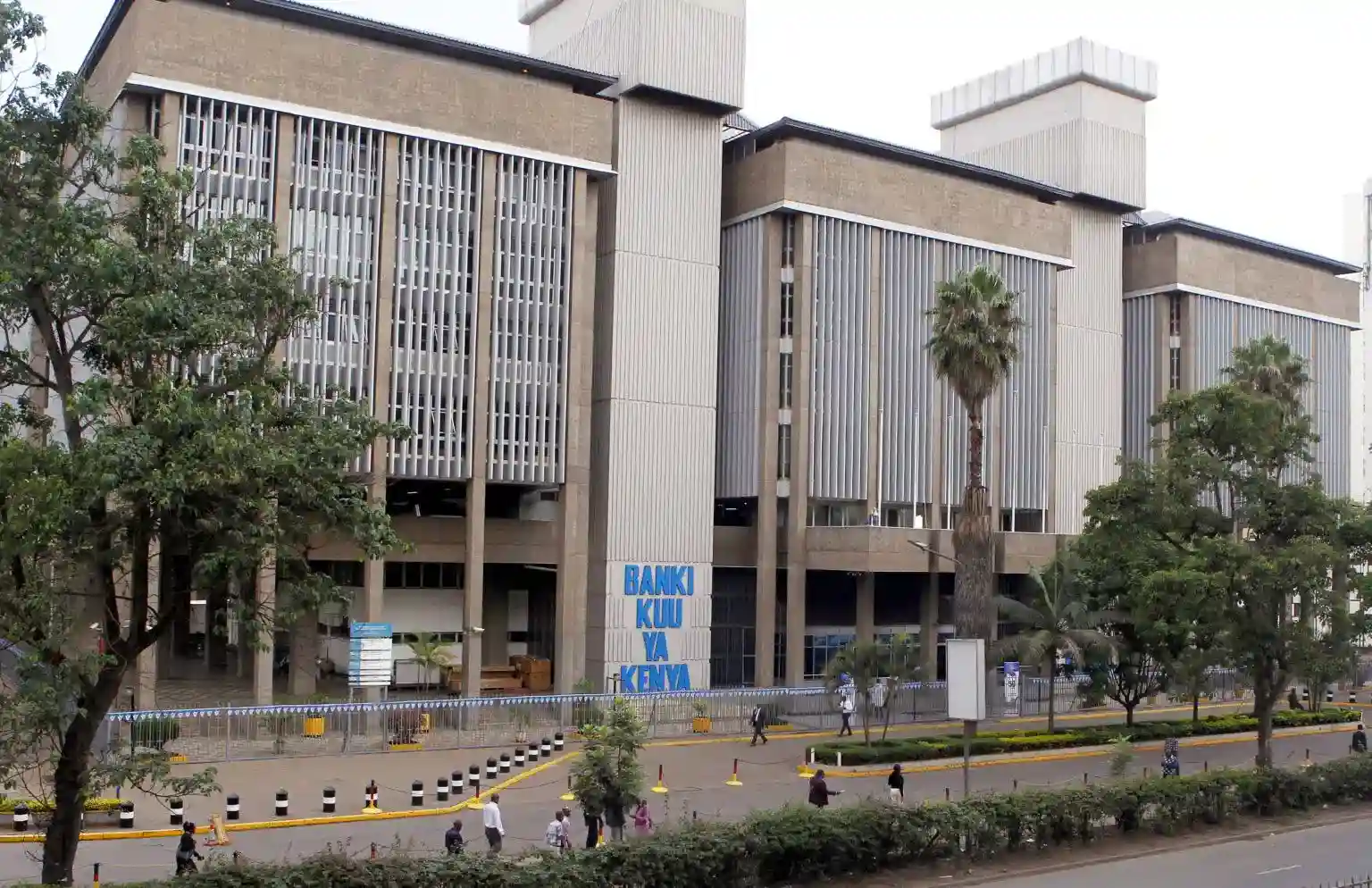A landmark study by education marketplace MSM Unify reveals that global investment in green bonds for educational institutions has surged to USD 15 billion, underscoring the sector’s accelerating commitment to sustainability and carbon‑neutral campuses.
Market overview: A booming green bond landscape
Green bonds have moved from niche instruments to mainstream fixtures in global fixed‑income markets. In 2024, global green bond issuance hit a record USD 571 billion, with Europe accounting for over half of that total and the U.S. market growing rapidly.
Meanwhile, in the third quarter of 2024 alone, aligned green bonds—those meeting stringent climate‑related criteria—totaled USD 149 billion, a 19 percent uptick year‑on‑year, bringing year‑to‑date issuance to USD 473 billion by September. Climate Bonds Initiative data shows that these instruments span 25 currencies, led by the euro (44 percent share) and the U.S. dollar (23 percent share).
Overall, the broader sustainable debt universe—encompassing green, social, sustainability, and sustainability‑linked bonds—has now eclipsed USD 5.7 trillion in cumulative issuance, reflecting surging demand for financing aligned with environmental and social goals.
Driving sustainability in education
The USD 15 billion green bond total for the education sector represents a growing slice of the broader green bond market. Educational issuances are now financing a range of eco‑projects—from energy‑efficient lecture halls to on‑campus solar farms—demonstrating how colleges and universities are translating sustainability commitments into tangible infrastructure investments.
MSM Unify’s report highlights that such investments are central to reshaping campus footprints, overhauling legacy heating systems, and embedding sustainability into research agendas. Institutions issuing these bonds benefit from favorable financing terms and positive ESG investor sentiment, reinforcing campus leadership roles in tackling climate challenges.
Regional snapshot: Adoption and net‑zero timelines
Regional adoption of green energy on campuses varies considerably:
- North America: 65 percent of campus energy now sourced from renewables; universities targeting net‑zero emissions by 2040.
- Europe: 75 percent renewable uptake; ambitious net‑zero pledges set for 2030.
- Asia Pacific: 50 percent from green sources; net‑zero goals by 2050.
- Africa: 35 percent renewable penetration; carbon‑neutrality aspirations by 2060.
These figures show both the progress made and the distances yet to travel in different regions, with developed markets generally setting more aggressive net‑zero timelines.
Funding sustainable education: Where the money goes
Proceeds from educational green bonds are channeled into a spectrum of projects aimed at reducing campus carbon footprints and fostering a circular economy:
- Green‑certified infrastructure: Retrofitting existing buildings with high‑efficiency HVAC systems and LED lighting.
- Renewable energy installations: On‑site solar PV arrays, geothermal heating solutions, and off‑site power purchase agreements for wind and solar energy.
- Carbon neutrality frameworks: Comprehensive plans that integrate energy‑use analytics, emissions‑reduction roadmaps, and carbon offset strategies where direct decarbonization is not immediately feasible.
- Circular initiatives: Waste‑minimization programs, rainwater harvesting systems, and sustainable landscaping to promote biodiversity.
By aligning bond‑financed projects with internationally recognized standards, institutions ensure transparency in project selection and reporting, further bolstering investor confidence.
Campus case studies: Leading by example
University of California system
The University of California has been a trailblazer, committing all ten campuses and six academic health centers to achieve carbon neutrality by 2025. This includes deploying large‑scale solar installations and optimizing campus central plant operations to phase out natural gas.
Massachusetts Institute of Technology (MIT)
Under its “Fast Forward” Climate Action Plan, MIT aims for a net‑zero carbon campus by 2026 for direct emissions—pioneering a roadmap to eliminate all on‑site emissions by 2050. This entails deep decarbonization of on‑campus energy systems and strategic off‑campus clean energy procurement.
Harvard University
Harvard’s “Goal Zero” initiative seeks to be fossil fuel‑free by 2050, with an interim target of neutralizing Scope 1 and Scope 2 emissions by 2026 through on‑site renewables, decarbonized district energy, and electrification of campus vehicles.
Rising commitments across the globe
Beyond these marquee names, a wave of net‑zero pledges is reshaping higher education:
- University of Glasgow has set a campus net‑zero target by 2030.
- Chiba University of Commerce in Japan plans to run entirely on renewable energy by 2025.
- University of Toronto is developing a comprehensive low‑carbon action plan for 2030.
- More than 500 institutions—representing over 4.6 million students—have signed on to the Presidents’ Climate Leadership Commitments, vowing net‑zero emissions no later than 2050.
These pledges are often accompanied by research grants and partnerships with renewable‑energy providers, signaling that sustainability is now woven into the academic mission itself.
Investor demand and market projections
Institutional and retail investors are increasingly embedding green bonds in their fixed‑income allocations to align with ESG objectives. Green bonds now represent a substantial portion of the investment‑grade bond universe, rapidly integrating alongside traditional government and corporate debt.
According to industry forecasts, the global green bond market was valued at USD 582.6 billion in 2023 and is projected to grow to USD 1.555 trillion by 2033 at a compound annual growth rate (CAGR) of 10.1 percent. Moody’s anticipates that green bond issuance will hit USD 620 billion in 2025, buoyed by policy incentives, falling clean‑energy costs, and heightened private‑sector pledges.
Measurable environmental impact
Green bond issuance is more than a financing mechanism—it can drive tangible emissions reductions. A recent study by the Bank for International Settlements found that firms issuing green bonds reduced their greenhouse‑gas emissions by over 10 percent within four years, with emissions intensity falling by 30 percent.
Such data underscore the role of labelled bonds as credible signals of corporate direction, even as market participants strive to maintain rigorous evaluation frameworks to ensure additionality.
Challenges and the greenwashing debate
Despite the momentum, concerns about “greenwashing” persist. Analyses of U.S. green bond proceeds have found that only a small minority of funds directly support novel environmental projects, with much capital used to refinance existing activities. This “additionality gap” highlights the need for tighter standards and robust third‑party verification.
Regulators and industry bodies, including the International Capital Market Association and the EU’s Sustainable Finance Taxonomy, are working to clamp down on vague definitions and boost transparency in green‑labelled debt.
Policy context: Scaling up to meet global goals
Current green bond issuance, though record‑breaking, still falls short of estimated needs. In 2024, annual issuance totaled USD 700 billion—only a fraction of the USD 2 trillion per year experts say is required to curb climate change.
Global climate science demands a 45 percent reduction in emissions by 2030 and net‑zero emissions by 2050 to limit warming to 1.5 °C above pre‑industrial levels. These targets imply a multitrillion‑dollar financing gap that green bonds alone cannot fill—but they remain a critical tool, mobilizing private capital alongside public‑sector intervention.
The road ahead: Education at the forefront of green finance
As more educational institutions tap green bond markets, they are not only financing sustainable campuses but also nurturing the next generation of climate‑savvy graduates. By investing in low‑carbon infrastructure and research, universities stand to benefit from operational savings, enhanced reputations, and deeper engagement with ESG‑focused capital.
With forecasts pointing to continued issuance growth—and educational bonds likely expanding their share—2025 and beyond could see green finance becoming an indispensable tool for educational innovators committed to a net‑zero future.
Ready to take your career to the next level? Join our dynamic courses: ACCA, HESI A2, ATI TEAS 7 , HESI EXIT , NCLEX – RN and NCLEX – PN, Financial Literacy!🌟 Dive into a world of opportunities and empower yourself for success. Explore more at Serrari Ed and start your exciting journey today! ✨
photo source: Google
By: Montel Kamau
Serrari Financial Analyst
17th April, 2025
Article, Financial and News Disclaimer
The Value of a Financial Advisor
While this article offers valuable insights, it is essential to recognize that personal finance can be highly complex and unique to each individual. A financial advisor provides professional expertise and personalized guidance to help you make well-informed decisions tailored to your specific circumstances and goals.
Beyond offering knowledge, a financial advisor serves as a trusted partner to help you stay disciplined, avoid common pitfalls, and remain focused on your long-term objectives. Their perspective and experience can complement your own efforts, enhancing your financial well-being and ensuring a more confident approach to managing your finances.
Disclaimer: This article is for informational purposes only and does not constitute financial advice. Readers are encouraged to consult a licensed financial advisor to obtain guidance specific to their financial situation.
Article and News Disclaimer
The information provided on www.serrarigroup.com is for general informational purposes only. While we strive to keep the information up to date and accurate, we make no representations or warranties of any kind, express or implied, about the completeness, accuracy, reliability, suitability, or availability with respect to the website or the information, products, services, or related graphics contained on the website for any purpose. Any reliance you place on such information is therefore strictly at your own risk.
www.serrarigroup.com is not responsible for any errors or omissions, or for the results obtained from the use of this information. All information on the website is provided on an as-is basis, with no guarantee of completeness, accuracy, timeliness, or of the results obtained from the use of this information, and without warranty of any kind, express or implied, including but not limited to warranties of performance, merchantability, and fitness for a particular purpose.
In no event will www.serrarigroup.com be liable to you or anyone else for any decision made or action taken in reliance on the information provided on the website or for any consequential, special, or similar damages, even if advised of the possibility of such damages.
The articles, news, and information presented on www.serrarigroup.com reflect the opinions of the respective authors and contributors and do not necessarily represent the views of the website or its management. Any views or opinions expressed are solely those of the individual authors and do not represent the website's views or opinions as a whole.
The content on www.serrarigroup.com may include links to external websites, which are provided for convenience and informational purposes only. We have no control over the nature, content, and availability of those sites. The inclusion of any links does not necessarily imply a recommendation or endorsement of the views expressed within them.
Every effort is made to keep the website up and running smoothly. However, www.serrarigroup.com takes no responsibility for, and will not be liable for, the website being temporarily unavailable due to technical issues beyond our control.
Please note that laws, regulations, and information can change rapidly, and we advise you to conduct further research and seek professional advice when necessary.
By using www.serrarigroup.com, you agree to this disclaimer and its terms. If you do not agree with this disclaimer, please do not use the website.
www.serrarigroup.com, reserves the right to update, modify, or remove any part of this disclaimer without prior notice. It is your responsibility to review this disclaimer periodically for changes.
Serrari Group 2025





